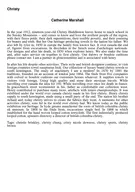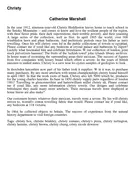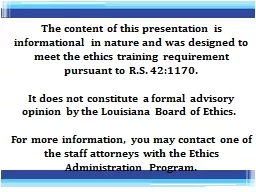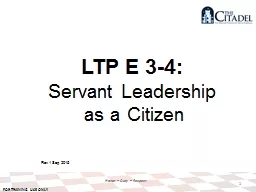PPT-James Davis Christy Coghlan Francisco Servant Dongyoon Lee
Author : cheryl-pisano | Published Date : 2019-10-31
James Davis Christy Coghlan Francisco Servant Dongyoon Lee The Impact of Regular Expression Denial of Service ReDoS in Practice Distinguished paper ReDoS regexes
Presentation Embed Code
Download Presentation
Download Presentation The PPT/PDF document "James Davis Christy Coghlan F..." is the property of its rightful owner. Permission is granted to download and print the materials on this website for personal, non-commercial use only, and to display it on your personal computer provided you do not modify the materials and that you retain all copyright notices contained in the materials. By downloading content from our website, you accept the terms of this agreement.
James Davis Christy Coghlan Francisco Servant Dongyoon Lee: Transcript
Download Rules Of Document
"James Davis Christy Coghlan Francisco Servant Dongyoon Lee"The content belongs to its owner. You may download and print it for personal use, without modification, and keep all copyright notices. By downloading, you agree to these terms.
Related Documents














